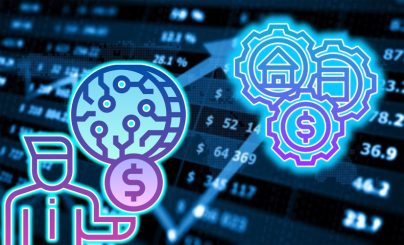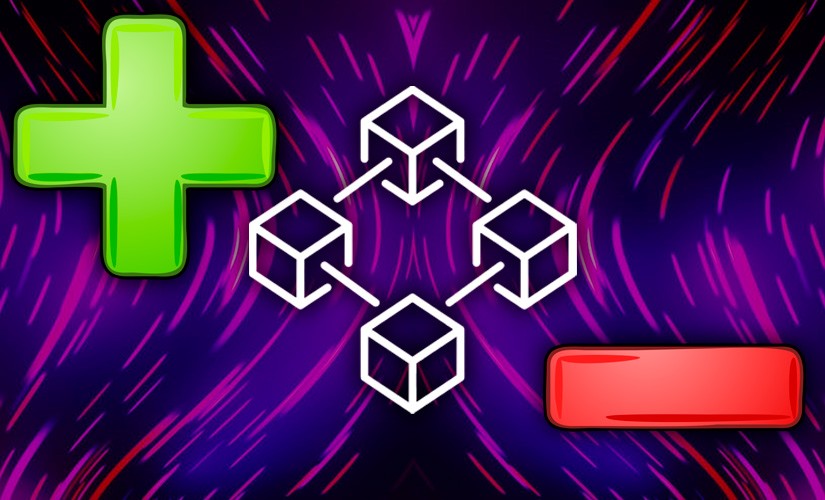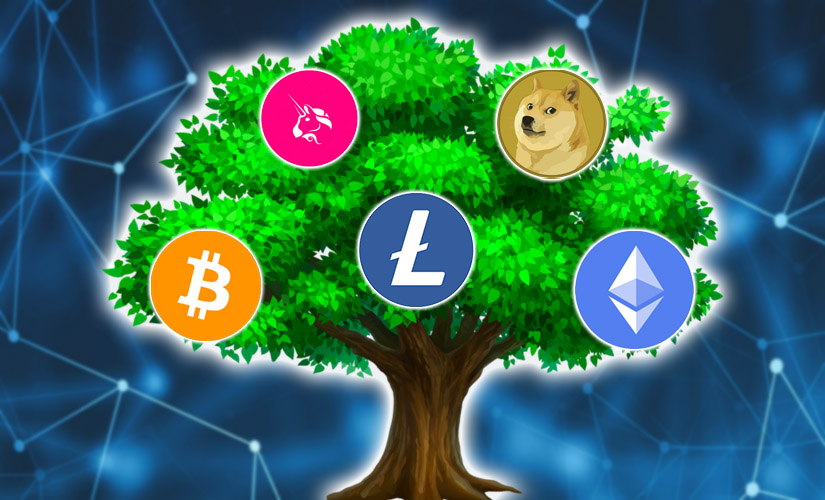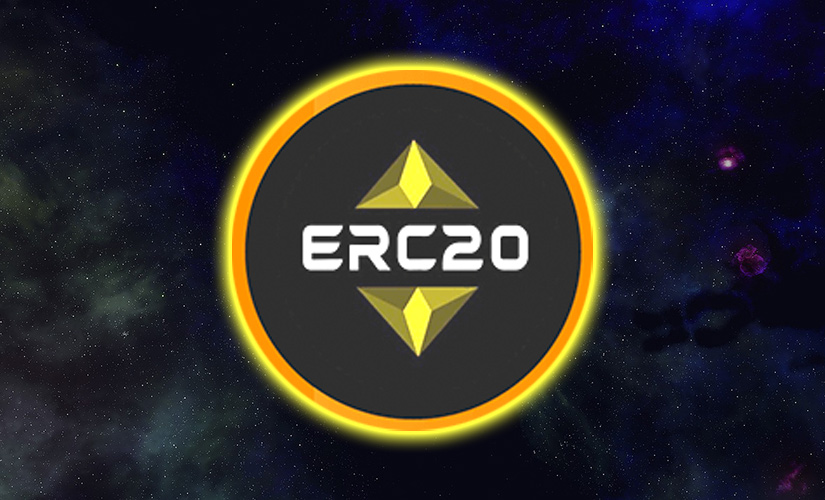In 2021, a new instrument for blockchain-based investments appeared in the Russian Federation. Unlike cryptocurrencies, digital financial assets are regulated by the Bank of Russia. Companies began testing the instrument in 2022. By 2023, the CFA market reached a volume of 3 billion rubles, and, according to expert forecasts, it will continue to grow. Sberbank anticipates growth in the direction of 10-20 times in 2024. The article describes digital financial assets as a new instrument for attracting liquidity. The requirements for issuing CFA are lower than those for placing traditional shares. The process from the creation of an application to the beginning of circulation takes about a week.
What are digital financial assets
Officials began to develop a law on the regulation of cryptocurrencies in Russia in 2018. At that time, the Central Bank called operations with virtual coins dubious and risky. The regulator proposed to ban cryptocurrency transactions and criminalize the possession of digital units. However, the Finance Ministry saw great potential in blockchain technology.
In 2020, officials made a compromise decision to create digital financial assets. The Bank of Russia took control over their circulation. Tokenized obligations of money payment, claims of shares, gold and other investment instruments – this is what digital financial assets are in simple words. They run on blockchain technology, so it is possible to automate transactions using smart contracts.
CFA tokens are program code that contains information about the date and volume of issue, maturity, OIS and the holder of the asset.
Why they are needed
Digital financial instruments operate on the basis of blockchain. The technology reduces the number of intermediaries in transactions. Businesses can quickly float DFAs and raise funding. In a traditional share issue, the issuer approaches an organizer, pays 5% of the offering volume for services. The placement can drag on for months.
5020 $
bonus for new users!
ByBit provides convenient and safe conditions for cryptocurrency trading, offers low commissions, high level of liquidity and modern tools for market analysis. It supports spot and leveraged trading, and helps beginners and professional traders with an intuitive interface and tutorials.
Earn a 100 $ bonus
for new users!
The largest crypto exchange where you can quickly and safely start your journey in the world of cryptocurrencies. The platform offers hundreds of popular assets, low commissions and advanced tools for trading and investing. Easy registration, high speed of transactions and reliable protection of funds make Binance a great choice for traders of any level!
In the case of CFAs, the term is reduced to a week, and the commission to the platform is no more than 1%. Digital tokens support smart contract technology – you can prescribe any terms of issue. This expands the potential of the instrument.
It is possible to quickly create ordinary claim rights and combined with an algorithm of any complexity.
Issuance
Placement and circulation of CFAs in the Russian Federation are regulated by Federal Law No. 259-FZ dated 31.07.2020. Only professional market participants – operators of information systems (OIS) – have the right to issue. They can register users and decide on granting access at the request of law enforcement authorities. It is impossible to issue digital financial assets abroad.
Business owners assess the attractiveness of the company for investors and send a proposal to the selected OIS. They attach company documents to the presentation and undergo KYC. The main requirements are registration from a year and no signs of bankruptcy. Once the application is approved, one needs to:
- Register on the platform and provide the operator with the parameters of the smart issue contract.
- Wait for the information to be verified and the announcement to be made on the OIS website. After that, you can publish the news on your own resource.
- Advertise on specialized sites and collect applications from users to participate in the placement.
- Confirm the issue with a digital signature.
Users receive tokens, and the issuer receives money. If no one bought the CFA, it is considered that there was no issue.
How regulated
The federal law has been in effect since 2021, but the issuance of tokens began only in 2022. The instrument is regulated as follows:
- The right to issue was given to OIS – Russian companies registered by the Central Bank. In October 2023, the register of the Bank of Russia includes 10 platforms.
- It was allowed to trade tokens only on the platforms of operators. It is possible to exchange some CFAs for others and sell them for fiat. Settlements in cryptocurrency are not carried out. In October 2023, one platform is available – the Moscow Exchange.
- The Central Bank of Russia performs supervisory functions.
Taxes
In 2023, amendments to the Tax Code of the Russian Federation were adopted regarding fees for transactions with tokens. Transactions are not subject to VAT, only profit tax must be paid. The details are in the table.
| Category of payers | Rate |
|---|---|
The financial result is considered as the profit received minus transaction costs. It is not necessary to pay tax fees and report independently. The platform operator files a declaration for clients, withholds and transfers the calculated amounts.
Difference between CFAs and cryptocurrencies
The issuance of tokenized asset rights is an innovation in the market. Like cryptocurrencies, they work on distributed ledger technology. This allows you to prescribe any terms in smart contracts and conduct transactions without intermediaries. There are also differences from cryptocurrencies:
- CFAs cannot be used for settlements.
- A lost password can be reset.
- Holders of tokenized rights can receive securities or their cash equivalent. Cryptocurrency creators have no obligations to investors.
- CFAs are issued by registered issuers in limited quantities. Tokens have a maturity date.
- The Central Bank acts as a guarantor of the reliability of assets. Participants can be sure that bankrupt or non-existent companies will not be admitted to trading.
Types of digital assets
CFAs are claims on various asset classes, from gold and oil to bonds. They are essentially analogous to stocks or bills of exchange, but issued on blockchain. The law establishes these types and examples of digital financial assets:
- Cash claims. The terms are spelled out when the offering is placed. Holders receive payments and, on the maturity date, the face value of the token. The amount of the monetary reward can be fixed in rubles, foreign currency or tied to the price of another asset – shares, gold, indices. CFAs issued by October 2023 belong to this type.
- Equity securities. Investors can demand the transfer of shares or receive money for shares at the market rate. The law only allows tokens to be used for equity participation in non-public companies, unless there has been a previous offering of traditional shares.
- Hybrid. This type combines digital and utility rights. For example, it is possible to issue a CFA with simultaneous requirements to transfer assets and render services (perform work).
What makes CFAs attractive to investors
The instrument can be used by legal entities and individuals. Tokenization of assets offers an easier way for issuers to obtain liquidity.
The use of blockchain technology reduces the number of intermediaries in transactions. Orders are executed by smart contracts – faster and more reliable.
The process is controlled by an algorithm, so violations of conditions are excluded. The advantages for investors are as follows:
- Savings on commissions. Tokens are stored in the blockchain, so clients do not need to pay depository fees. Only small fixed commissions are charged for transactions.
- There is no risk of blockchain. The infrastructure is controlled by the Central Bank, so tokens cannot be frozen due to sanctions.
- Transparency and security of transactions. Users sign transactions with private keys. Transactions are conducted by an algorithm according to specified rules. The transaction is saved in a distributed ledger, no one can change or delete data in it. This protects users from fraud.
- Expansion of investment opportunities. Clients can buy a small package of CFA to increase portfolio diversification. For other instruments, a large sum would have to be spent. Stakes in small companies that were not previously traded on the stock exchange can yield large returns.
Varieties of asset platforms
Federal law establishes 2 entities – information system operators and CFA exchanges. The right to issue tokenized securities has only OIS – companies of the Russian Federation that have received a license from the Central Bank. To issue digital assets, SME owners apply to the chosen platform:
- “Atomize”. In the fall of 2023, more than 40% of tokens of Russian companies (2.1 billion rubles) are placed here. The platform has over 41 thousand unique users.
- Masterchain. In June 2023, the platform hosted one of the largest offerings – for 15 billion rubles. The issuer is Russian Railways.
- “Lighthouse. On the platform started the debut launch of VTB tokens in the amount of 500 million rubles with a circulation period of 30 days. Absolut Bank, Tinkoff, and Soyuz Bank also became partners of the operator.
- “A-Token. Alfa Bank received the status of OIS in February 2023. The site has created infrastructure for independent issuance of CFAs and providing access to third-party companies. The first was Rostelecom, which placed tokens for 750 million rubles.
- Sberbank. The service was included in the register one of the first – in March 2022. For 2 years there were more than 30 launches for amounts from 500 thousand to 2 billion rubles. In June 2023, the bank announced that it was preparing infrastructure for individuals.
Sberbank is the first trading platform that received the status of OIS. By law, transactions with digital assets must be conducted separately from general exchange trading. Therefore, in summer 2023, an autonomous service based on the SPB Exchange will be launched.
Investors can buy CFA (initial offering), but to sell will have to go to the exchange operator’s platform. In 2023, only Moscow Exchange received this status.
How the CFA price is formed
First, the issuer submits an OIS application. It specifies the terms of placement and sets the initial value of tokens. During trading, the price is adjusted according to the law of supply and demand, taking into account the rules of the issue (regular payments or collateral). For example, for Nornickel, this happens in the following way:
- An investor buys an asset at the market rate at the time of the transaction.
- The digital token is linked to the metal price. Upon redemption, the issuer pays the equivalent amount.
Tokenized assets are traded on the secondary market, but trading volumes are still small. It is expected that with the growth of liquidity on the Moscow Exchange, users will be able to sell them without waiting for the maturity date.
Outlook for digital assets
In 2023, issuers are opening trial transactions with small groups of investors. So far, only legal entities can buy CFAs. Sberbank plans to prepare the platform for registration of private clients in 2024.
Many users do not understand the mechanism of digital assets and confuse them with cryptocurrency. But the awareness of citizens is growing, which opens up opportunities for the development of the digital asset market.
Sberbank predicts that until 2030, the simplest CFAs – debt obligations and those tied to raw materials and gold – will be in demand. In the future, the development of complex forms is possible.
Main risks
In 2023, market participants are skeptical about CFAs. This is mainly due to a lack of understanding of the mechanism of operation. A recent survey of 250 Russian companies conducted by VTB Factoring showed that more than 60% are not going to issue tokens. Entrepreneurs do not understand what it is and how it will help business. They also name other risks:
- Imperfection of the Federal Law. RAS specialists believe that the regulatory framework needs to be finalized. The law has imprecise wording that does not take into account situations encountered in practice. This complicates the implementation of the innovative tool.
- Blockchain failure. Digital tokens operate on a separate platform. To exclude potential failures, DIIs keep double data records – in a distributed and centralized ledger. Otherwise, if technical risks are realized, users may lose rights to the acquired assets.
Pros and cons of digital financial assets in Russia
In 2023, Sberbank surveyed potential investors in CFAs – banks, private depositors, entrepreneurs, and institutional investors. It turned out that the demand for the instrument is at the level of 3-6 billion rubles. For private investors, this is an opportunity to invest in startups. For business, everything that relates to digital financial assets is a convenient alternative to IPOs and raising stock funds. There is no need to spend money on preparation and payment of intermediaries. CFAs can become the basis for the development of a venture capital market in Russia. It does not exist now.
The new financial instrument also has disadvantages. Experts believe that the legislative framework needs to be finalized. In its current state, it is difficult for the market of tokenized assets to develop. In particular, operators of information systems have received a lot of powers, but the procedure for bankruptcy of these platforms is not specified.
Non-free circulation
The secondary market for CFAs is not yet developed, so investors participate in the initial offering and cannot sell the asset before maturity. The law provides for a separate platform for trading – an exchange operator. This function will be assumed by the Moscow Exchange. The Central Bank expects that 22.9 million private traders trading on the platform will invest in the new instruments. But this will solve the problem only partially.
CFAs were created to simplify investments and increase the transparency of transactions. At the same time, they can be bought only for rubles, which limits foreign investments.
Intermediaries
The main idea of blockchain is independence from third parties. In the case of CFA, an intermediary is imposed by law. Users cannot make transactions without information system operators and exchanges. This prevents the benefits of a distributed ledger from being realized.
Integration with OIS
The law defines two professional market participants – information system operators and exchanges (exchanges). OIS are obliged to verify the companies that apply for issuance of CFAs and conduct the issuance. They can only carry out initial sales of tokens.
The assets must be traded on the exchange operator’s platform. At the same time, there must be integration with the OIS that issued the CFA. If the exchange has not received authorization, it will not be able to place the asset. The OIS has the right to revoke the integration at any time. These conditions hinder the development of the industry.
Security
The law requires provision for customers to regain access if they lose their passwords. This means that each platform must release its own commercial blockchain in which it controls users’ wallets. The task is labor-intensive even for experienced developers.
There are few reliable solutions in the crypto market, and the rest are periodically hacked. Therefore, such requirements jeopardize the security of users’ funds.
Sanctions
CFAs are traded only on Russian platforms. Unlike cryptocurrency, they can not be sent to non-custodial wallets. Under sanctions, this makes the instrument inaccessible to foreign capital.
Control
The cryptocurrency industry has an expression “not your keys – not your money.” Federal law obliges IP operators to provide a password recovery mechanism. So, employees of services will have access to customers’ wallets. If the platform is compromised, hackers may end up with the passwords.
Mandatory identification of owners
To work on the OIS platform, users are forced to undergo KYC. Uploading a photo of documents is not enough. One has to come to the operator’s office or confirm identity through a partner bank. This limits the choice of OIS. Customers are forced to work with whichever operator partners with their financial institution.
Frequently asked questions
📌 What is the difference between DFA and CBDC?
A CFA is a means of payment issued by the Bank of Russia. CFAs cannot be used for settlements, and any Russian company can issue them.
📢 How to invest in a new blockchain-based instrument?
So far, banks and entrepreneurs are testing it. Access for private investors will open in 2024. To buy, you need to register on Sberbank’s platform or use MosBirch’s service.
⚡ Can tokens be stored on personal wallets?
Each platform creates its own blockchain. Therefore, CFAs can only be held on the internal balance of the OIS.
🔔 How to go through verification?
You will need to enter your passport details and log in to the program through the partner bank’s infrastructure.
🛒 Can all users buy tokens?
There are restrictions for individuals – you cannot invest more than 600 thousand rubles. Some issues will be available only for users with the status of qualified investor.
Is there a mistake in the text? Highlight it with your mouse and press Ctrl + Enter.
Author: Saifedean Ammous, an expert in cryptocurrency economics.















